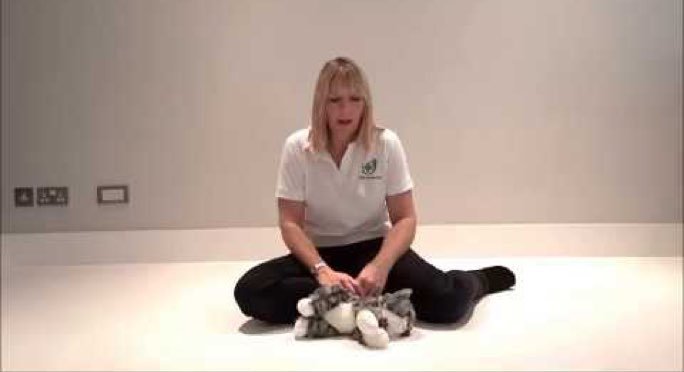April is National Pet First Aid Awareness Month so we wanted to show you how to perform CPR on a cat. Videos will be the quickest way for you to learn this, so here are some videos that should help you save a cat’s life.
God forbid you should ever have to deal with your kitty, or any cat that is in such bad shape that you are performing CPR, but when you need to know it you’re going to be glad you took a few moments today to watch these videos and brush up on a few techniques that could save a cat’s life.
Love her idea of using a mirror to see if the cat is breathing but you may not have one handy so you can use the back of your hand to feel for breath.
If your cat has stopped breathing or their heart isn’t beating, you need to get them to a vet or emergency clinic as soon as possible. So if you can perform CPR on the road, with someone else driving, do so. Get your cat to a medical professional as soon and swiftly and safely as possible.
So to recap:
Not Breathing
Check to see if your cat is breathing.
If not, check to see if something is lodged in the airway. Look into their mouth and throat. Remove the object that is obstructing if you can do that safely. Grab the tongue and pull it forward, this may help to dislodge the object.
If the airway is clear, lay the cat on his or her side.
Lift the chin to straighten out the throat area. Pull the cat’s tongue forward to the front of the mouth and close the mouth. You’ll want to gently hold it shut as you place your mouth over the cat’s nose and mouth and gently breath little puffs of hair into your cat’s lungs through the nose. Watch the cat’s chest to see it rise when you give air. Aim for one breath every 3to 4 seconds.
No Heart Beat
Lay the cat on his or her side, just as you would to provide oxygen but this time you’re going to do chest compressions.
Since cat’s are small you should be able to do one-handed chest compressions.
Place your thumb on one side of the cat’s chest, just below the elbow and place your fingers (of the same hand) on the other side of the cats chest. You’ll give your cat’s chest area a quick squeeze to compress the chest about half an inch. Aim for 100 – 120 chest compressions per minute. Just do your best until you can get your cat in front of a medical professional.
These are just some helpful pointers and videos. It’s best to take a pet CPR course to really understand how to do all of this properly.









